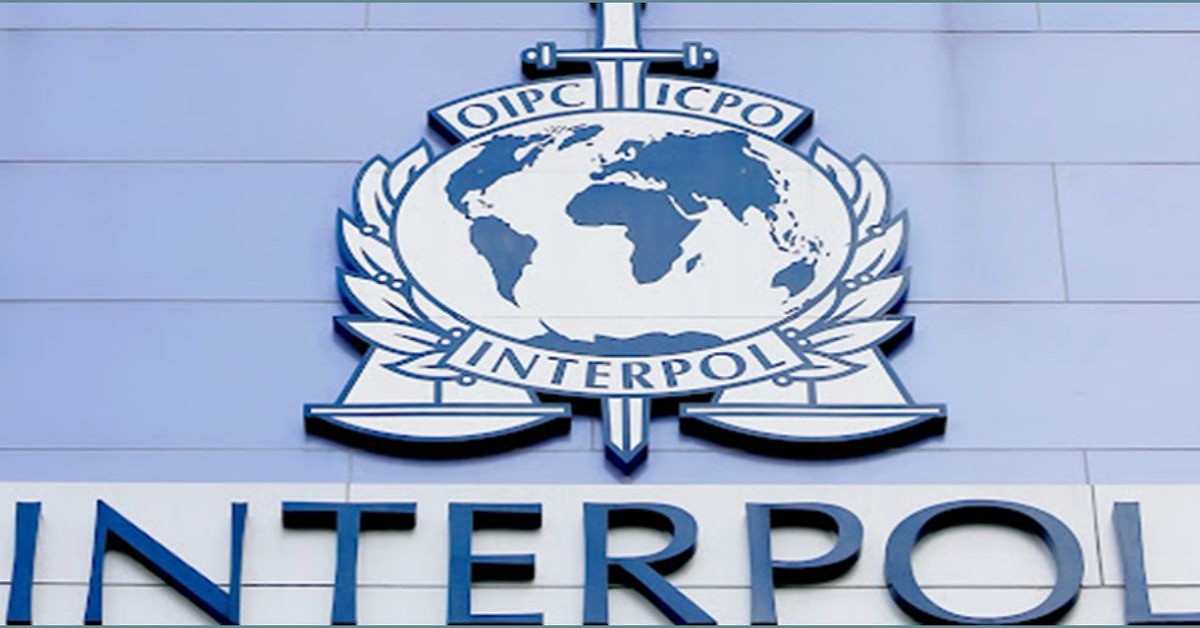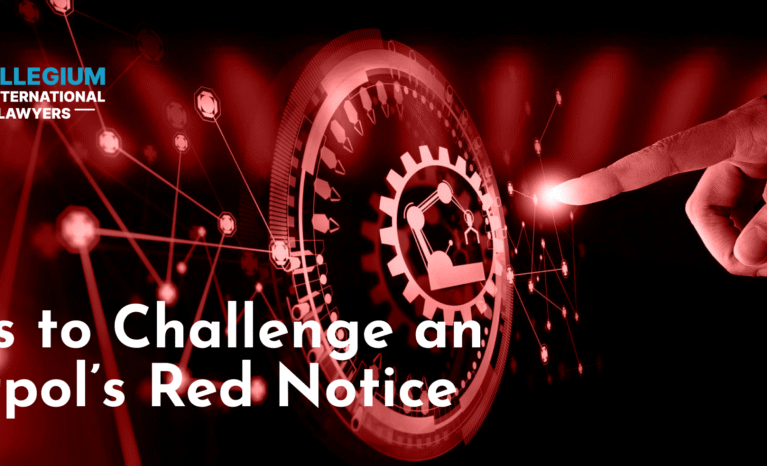
The Controversy Over Presidential Autopen Signatures: A Deeper Look
The use of autopen technology by U.S. presidents has sparked considerable debate regarding its impact on the nature of presidential signatures. Autopen serves as an automated signing device designed to replicate a person’s signature with precision. Historically, this mechanism has been utilized by various administrations to facilitate the signing of bills and letters when the president is unable to do so physically. However, as technology advances and the use of autopens becomes more commonplace, a multitude of concerns arise surrounding transparency, authenticity, and the fundamental nature of leadership in American governance. Furthermore, the presidential autopen controversy legal implications of autopen signatures add a layer of complexity to the conversation, prompting citizens to question whether these signatures hold the weight of true presidential authority or merely represent a technological convenience in a digital age.
Understanding the Autopen Technology
Autopen devices have been in use since the 1950s. Originally, they provided a practical solution to the challenge of signing a high volume of documents, especially during busy periods of legislative activity or when the president is traveling abroad. An autopen replicates the hand’s motions with a pen, producing a signature that, while not pen-on-paper in the traditional sense, is indistinguishable in appearance from a handwritten one. Some argue that this technology serves a functional purpose and allows presidents to manage their time more efficiently, but critics argue that it undermines the authentic connection between a leader and their commitments.
The Ethical Concerns
Critics of the autopen argue that its widespread use may erode trust in government. When constituents see decisions being made without the evident involvement of the president, it raises questions about accountability. Is a document signed by an autopen truly reflective of the president’s consent and agreement? The signature is a personal imprint—a reflection of individual judgment and intent. An automatic signature challenges this notion, suggesting a disconnect between the leader and legislative action.
Autopen usage also ignites broader ethical discussions about the nature of presidential authority. If a signature on a bill can be generated by a machine, what does that imply about the decision-making process? Are presidents delegating their responsibilities too far? Critics argue that the implications extend beyond just the practicality of signing—it touches upon the very essence of democratic representation and engagement.
Legal Implications
The legal ramifications of using autopen signatures add a complex layer to the controversy. While many legal scholars argue that documents signed by autopen have the same legal validity as those signed by hand, there are nuances that must be explored. For instance, certain legal frameworks may challenge the validity of autopen signatures in cases involving accountability and enforcement.
Interestingly, the advent of technology has also sparked discussions around potential reforms in laws governing presidential signing practices. Legislative clarity could alleviate public concern surrounding the authenticity and validity of autopen signatures, enhancing transparency in how documents are signed and ensuring citizens that their leaders are engaged and present in the decision-making process.
The Political Ramifications

In the political landscape, the use of autopen represents a significant departure from traditional practices. Critics argue that an overreliance on technology might further alienate constituents. Politicians are often glazed with the perception that they are physically present at their desk when major decisions are made. Autopen practices can lead to a perception of distance from the electorate. This disconnect may foster disenchantment with political processes and deepen skepticism about government effectiveness.
Furthermore, during contentious times, the inability of a president to put their own mark on critical legislation may be viewed as a lack of decisiveness or engagement. Observers and constituents could interpret the reliance on autopen as a sign of a detached leadership style, evoking uncertainty about the president’s commitment to the issues at hand.
Responses from Political Figures
Political figures from both parties have weighed in on the autopen debate, contributing to a landscape that encapsulates both support and dissent. Some proponents argue that the efficiency offered by autopen technology is essential in a fast-paced political environment where every minute counts. They emphasize that the necessity of making timely decisions often outweighs the need for personalized signing. Conversely, critics argue that a signature shouldn’t merely be a formality but a personal commitment to the policies it represents.
Public Perception and Trust
Public trust is an essential pillar in any democratic society, acting as a linchpin for effective governance. Surveys have indicated that as awareness of the use of autopens grows, public skepticism has also increased. Citizens who feel their leaders are detached may be more inclined to view policies with a critical lens. The debate surrounding autopen signatures could reshape how voters perceive accountability and authenticity from their elected officials.
Trust in government rests heavily on transparency. When citizens witness their leaders visibly engaging in the signing of legislation and documents, it sends a powerful message of involvement. Conversely, when autopen signatures become ubiquitous, it risks alienating constituents from the political process, creating an impression that decisions are manufactured rather than thoughtfully considered.
The Future of Autopen Signatures
As technology continues to evolve, so too will the discourse surrounding presidential signing practices. The autopen controversy emphasizes the need for balance between technological advancement and the principles of democratic governance. While there are compelling arguments on both sides, it is clear that the implications of autopen usage will continue to shape legislative practices for years to come.
Ultimately, navigating the intersection of efficiency and authenticity will be critical for future administrations. Engaging the public in constructive dialogue about these tools and their implications can foster a more informed electorate, promoting understanding and trust in leadership.
In conclusion, the presidential autopen controversy offers a fascinating glimpse into the evolving relationship between technology and governance. It forces us to consider how we define authority, accountability, and the very essence of leadership in democratic societies as we move further into the 21st century.

